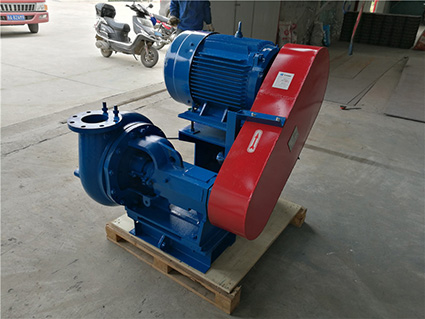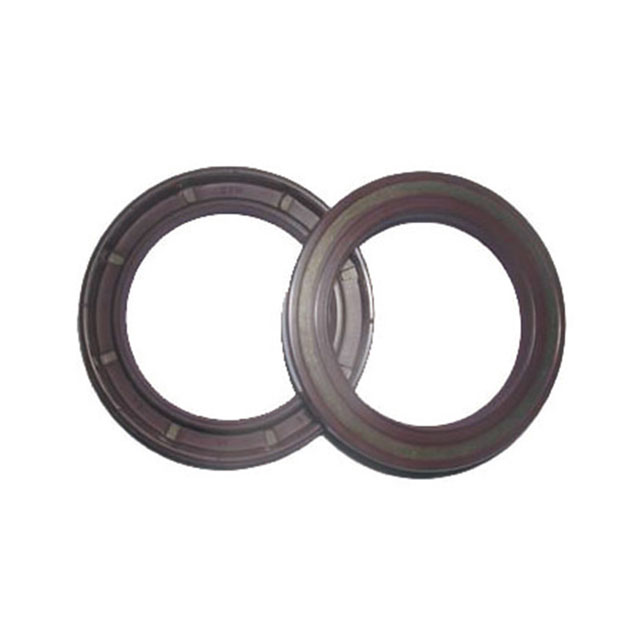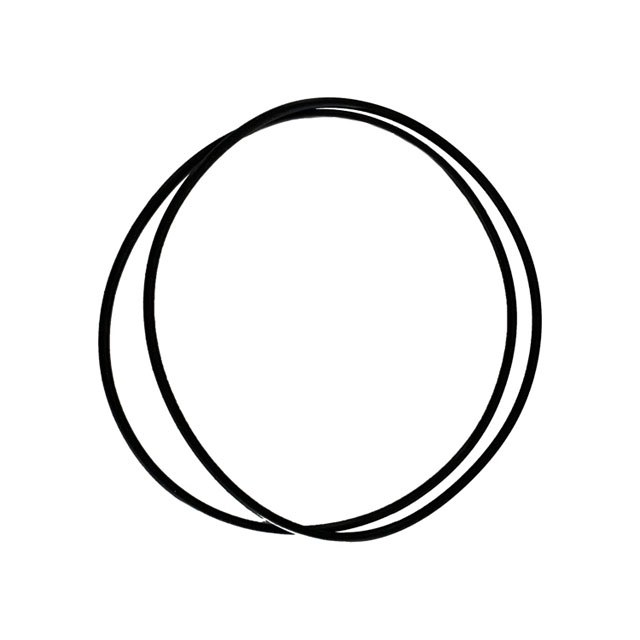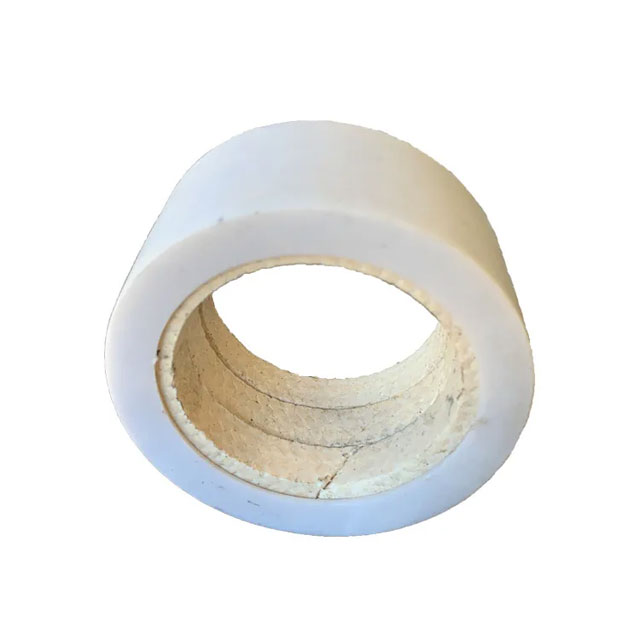WhatsApp: 86-13735815206 / 86-17392256505
WeChat: 86-13735815206 / 86-17392256505
Phone: 86-29-88680837
Mail: sales@hlsolidscontrol.com
Add: Room 804, Building 1, Western Cloud Valley Phase II, Fengxi New Town, Xixian New District, Shaanxi Province
WeChat: 86-13735815206 / 86-17392256505
Phone: 86-29-88680837
Mail: sales@hlsolidscontrol.com
Add: Room 804, Building 1, Western Cloud Valley Phase II, Fengxi New Town, Xixian New District, Shaanxi Province
Shear pump working principle
Time: 2023-07-13 Source: HL Petroleum Author: hlsolidscontrol
The shear pump working principle revolves around the generation and utilization of high shear forces to blend, disperse, and homogenize fluids or mixtures. Here's a breakdown of the shear pump working principle:
1. Rotor-Stator Assembly: Shear pumps consist of a rotor and a stator. The rotor is a rotating component with blades or teeth, while the stator is a stationary component with corresponding grooves or channels. This design creates a narrow gap between the rotor and stator.


2. Fluid Flow: Fluid or mixture enters the shear pump through the inlet and flows into the narrow gap between the rotor and stator.
3. High Shear Force Generation: As the rotor rotates, the blades or teeth induce high shear rates in the fluid. This generates intense mechanical and hydraulic forces within the narrow gap.
4. Particle Disruption: The high shear forces cause particles, droplets, or aggregates present in the fluid to be disrupted and broken down into smaller sizes. This promotes effective mixing and dispersion.
5. Homogenization and Mixing: The repeated shearing action and turbulence within the shear pump result in the formation of a highly homogeneous mixture. The fluid undergoes thorough mixing, ensuring uniform distribution of components.
6. Outlet Flow: After the shear pump process, the well-blended and homogenized fluid or mixture exits through the outlet. It is now ready for further processing or use in downstream applications.
The shear pump working principle is crucial for achieving efficient fluid mixing processes. By harnessing high shear forces, shear pumps enable effective particle disruption, size reduction, and uniform distribution of components. This enhances product quality, process efficiency, and overall performance in various industries.
1. Rotor-Stator Assembly: Shear pumps consist of a rotor and a stator. The rotor is a rotating component with blades or teeth, while the stator is a stationary component with corresponding grooves or channels. This design creates a narrow gap between the rotor and stator.


2. Fluid Flow: Fluid or mixture enters the shear pump through the inlet and flows into the narrow gap between the rotor and stator.
3. High Shear Force Generation: As the rotor rotates, the blades or teeth induce high shear rates in the fluid. This generates intense mechanical and hydraulic forces within the narrow gap.
4. Particle Disruption: The high shear forces cause particles, droplets, or aggregates present in the fluid to be disrupted and broken down into smaller sizes. This promotes effective mixing and dispersion.
5. Homogenization and Mixing: The repeated shearing action and turbulence within the shear pump result in the formation of a highly homogeneous mixture. The fluid undergoes thorough mixing, ensuring uniform distribution of components.
6. Outlet Flow: After the shear pump process, the well-blended and homogenized fluid or mixture exits through the outlet. It is now ready for further processing or use in downstream applications.
The shear pump working principle is crucial for achieving efficient fluid mixing processes. By harnessing high shear forces, shear pumps enable effective particle disruption, size reduction, and uniform distribution of components. This enhances product quality, process efficiency, and overall performance in various industries.



